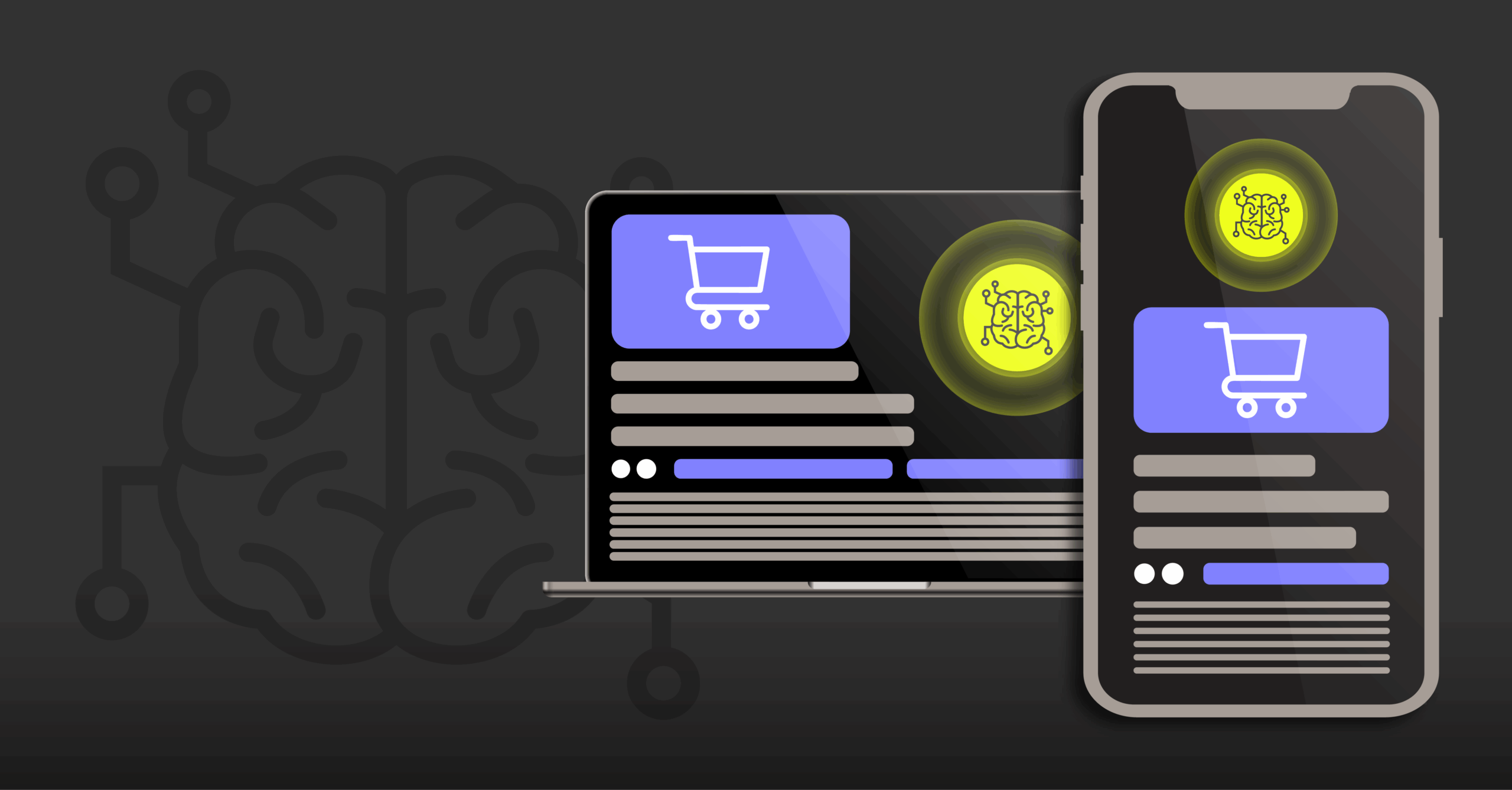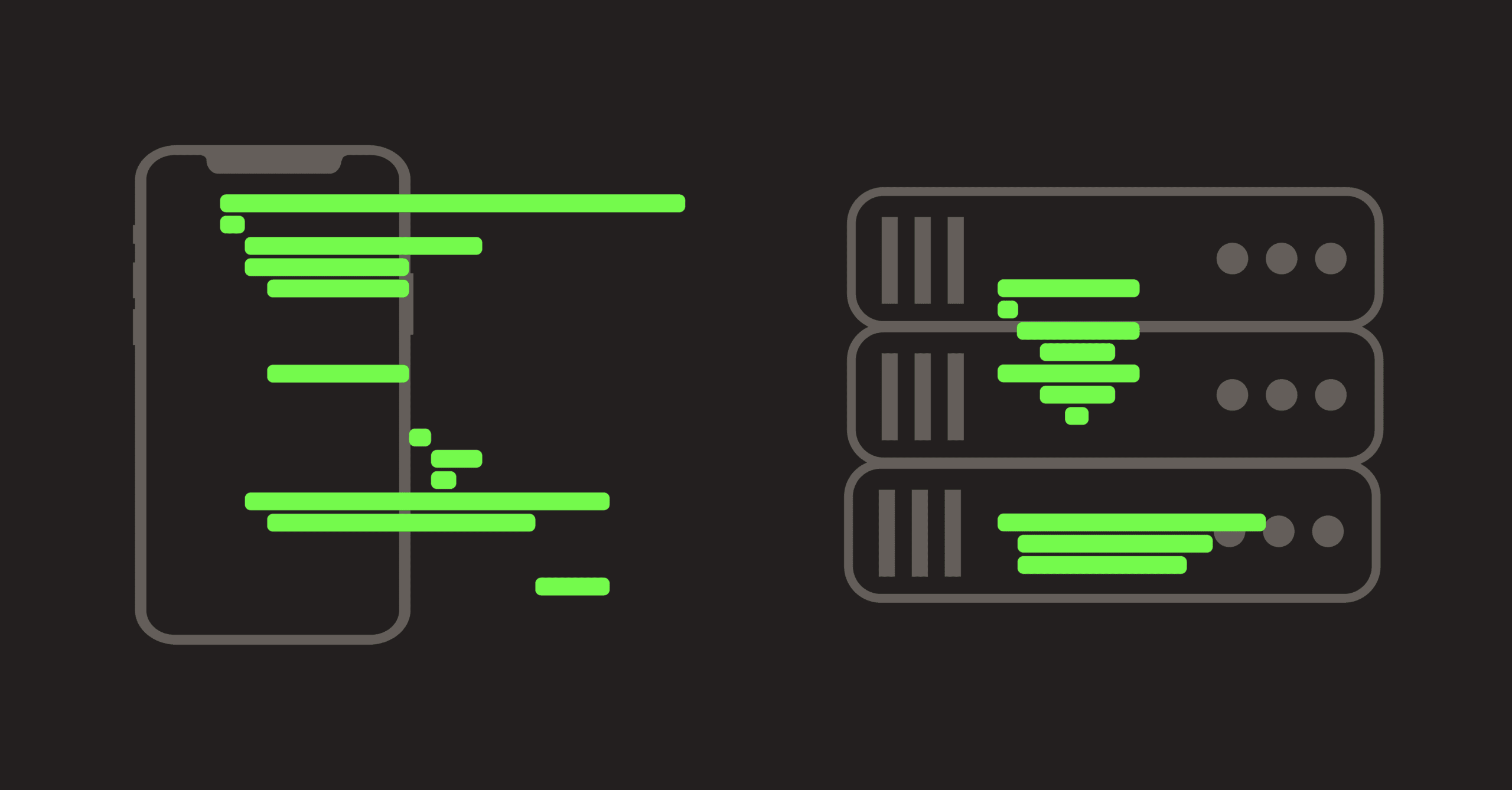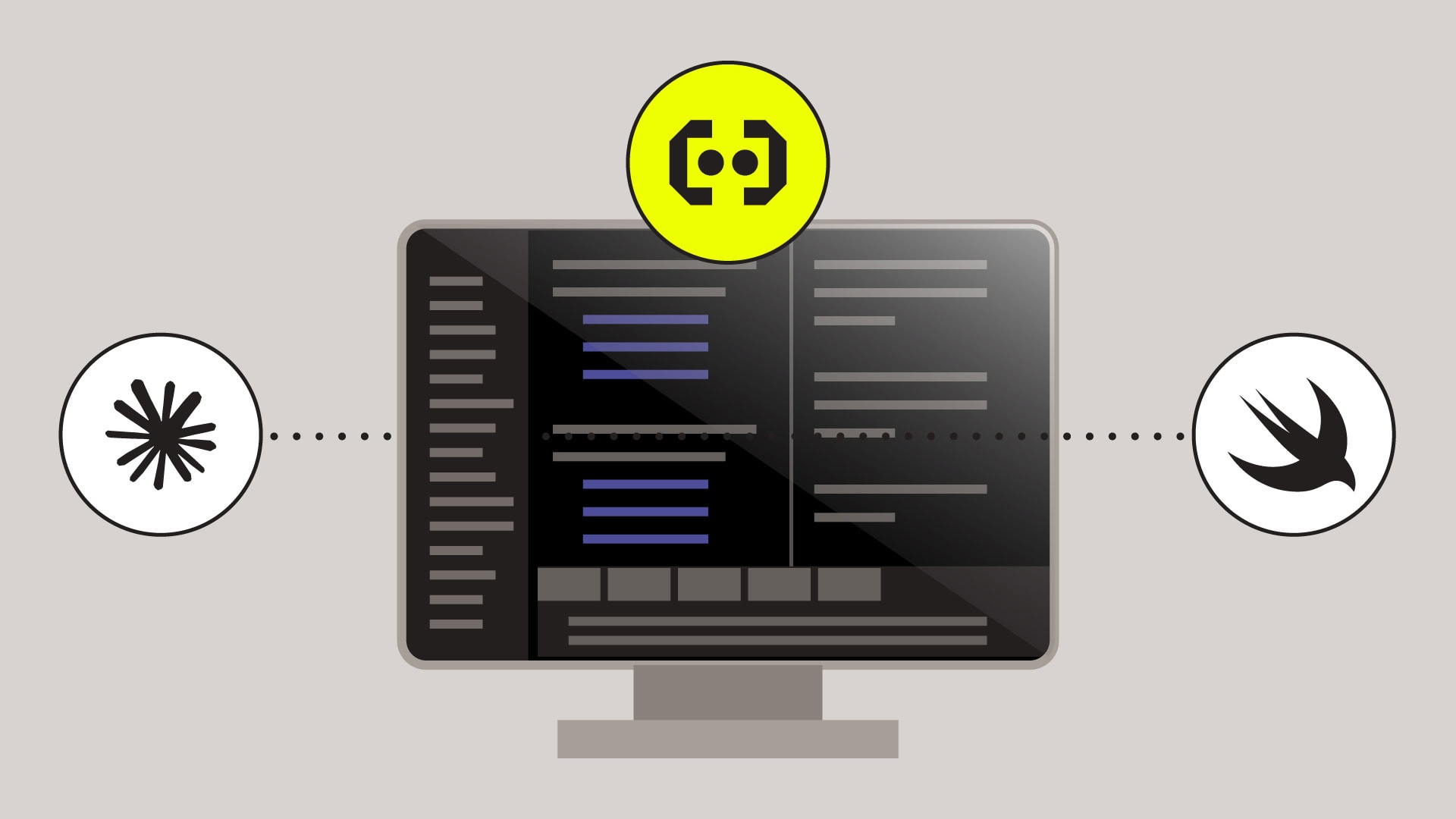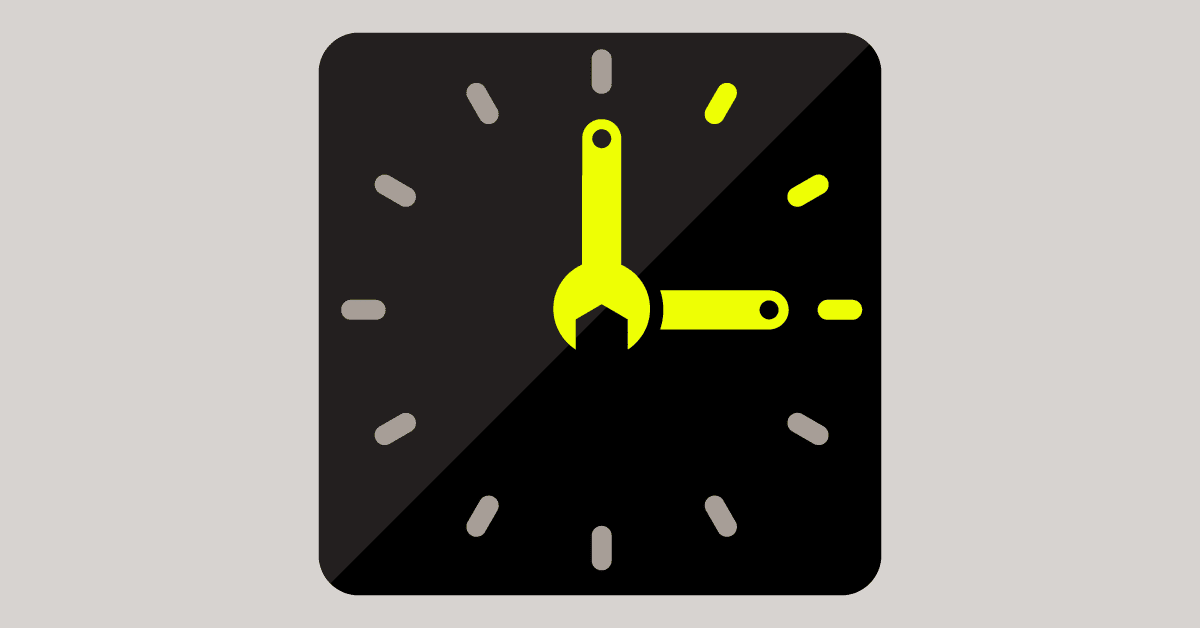

Embrace has officially acquired SpeedCurve! Together, we’re redefining the future of user-focused observability.
Learn moreTop Search Terms CRASH REPORTINGUSER SESSION INSIGHTSNETWORK MONITORINGALERTINGand CUSTOM DASHBOARDS.
Can't find what you need?
contact us today to find it on the roadmap












